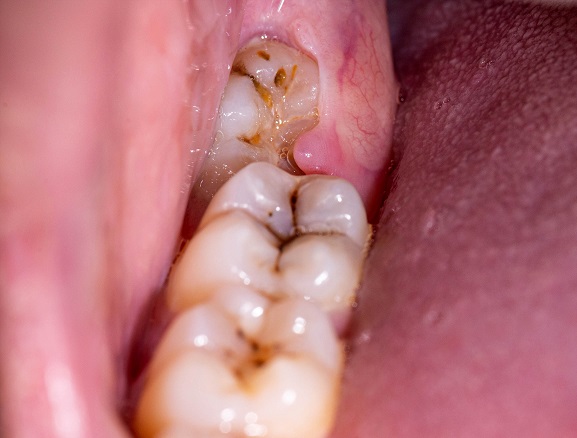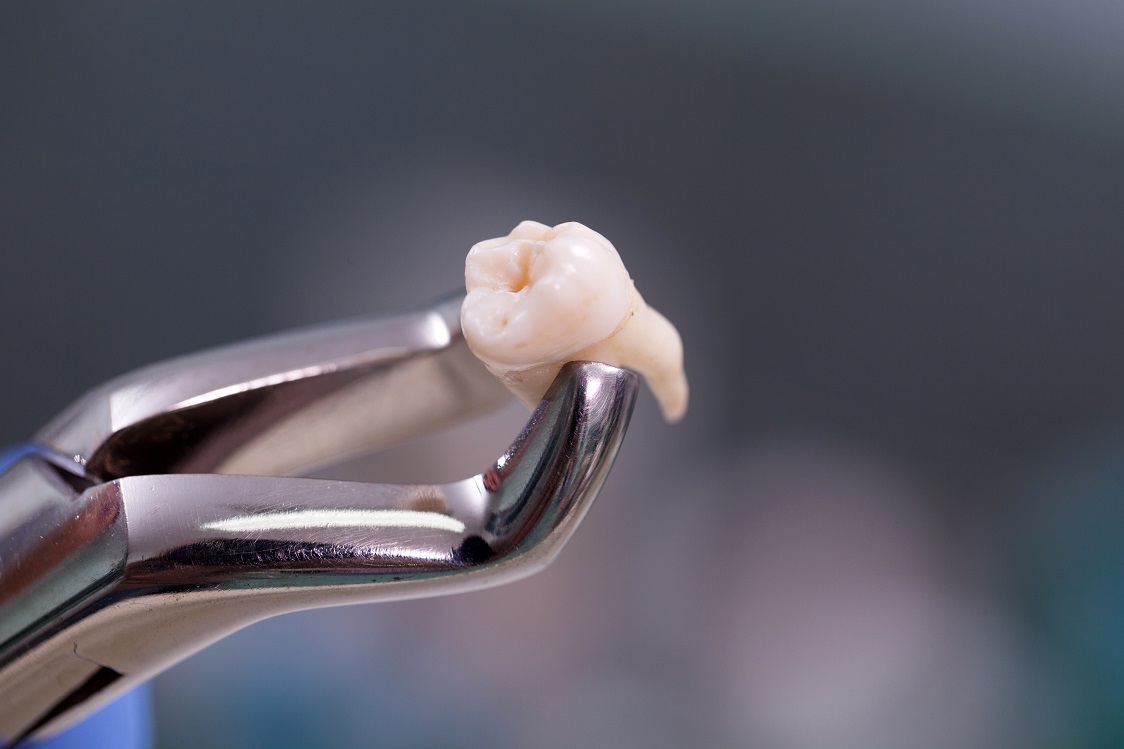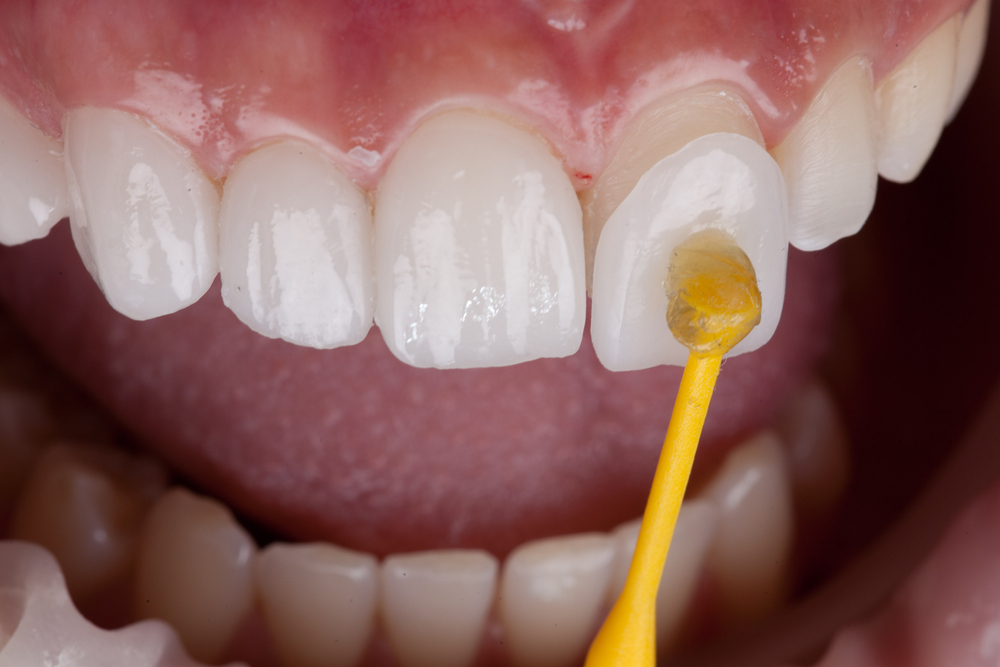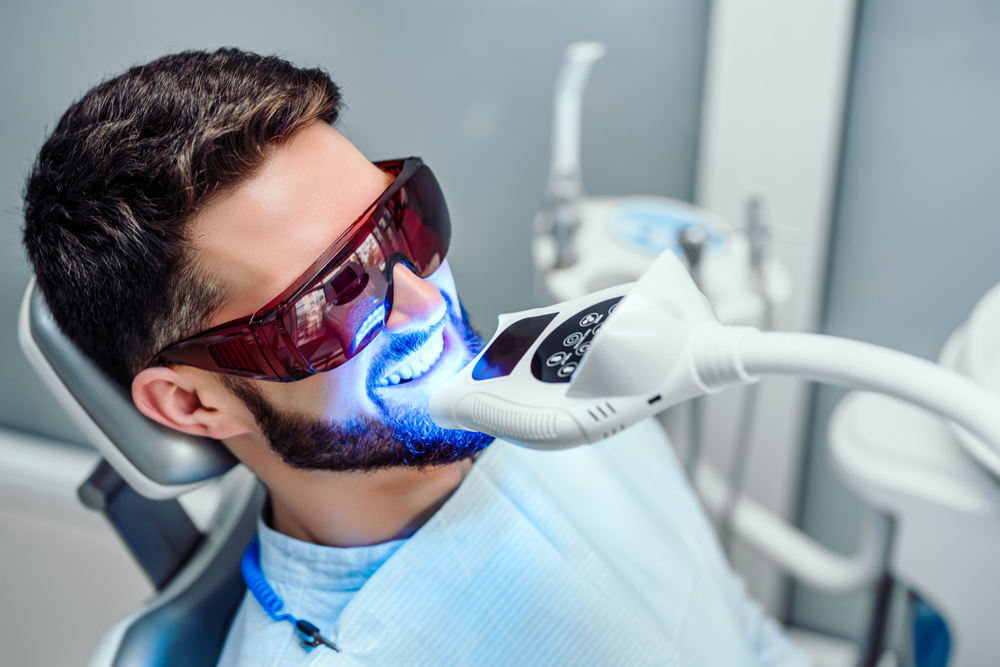Wisdom teeth, the final set of molars that tend to make their appearance during late adolescence or early adulthood, are a fascinating topic of discussion in the realm of oral health. These late bloomers in your dental line-up can be seen as a rite of passage or a dental dilemma waiting to happen. Amid this dichotomy of views, understanding wisdom teeth and their purpose is pivotal. Here at Smile Science Dental Spa, under the dedicated guidance of Dr. Richard Dawson and Dr. John Turke, we are committed to shedding light on such intricate dental topics and providing our patients with exceptional care rooted in knowledge and expertise.
Understanding Wisdom Teeth
Wisdom teeth, or third molars as they are officially known, are traditionally the last teeth to break through the gum line. Their emergence usually happens during the “age of wisdom” – 17 to 21 years of age, hence the colloquial name. In terms of their role in the mouth, wisdom teeth were historically useful to our ancestors who had a much coarser diet, requiring extra molars for the efficient grinding down of food. However, in today’s times, with the advent of cutlery and softer diets, the functional need for these teeth has significantly diminished. Despite their somewhat diminished role, understanding why they’re present and what they mean for our oral health is crucial.
The Arrival of Wisdom Teeth
Wisdom teeth usually make their appearance between the ages of 17 and 25. However, this can vary significantly from person to person and some people may never develop wisdom teeth at all. As they start to emerge, or “erupt,” one might notice a sensation of discomfort in the back of the mouth. Common symptoms often include pain, inflammation, and difficulty in opening the mouth. Sometimes, this can be accompanied by a general feeling of being unwell or even a fever.
Common Problems with Wisdom Teeth

Despite being natural parts of our dental anatomy, wisdom teeth often lead to a host of problems due to their late arrival and limited space for proper growth. One of the most prevalent issues is impaction, where the wisdom tooth doesn’t have enough room to emerge or grow normally, often leading to discomfort or infection. Misalignment is another problem, where the wisdom teeth push other teeth out of position, disrupting the natural alignment of your teeth and bite.
Another typical problem is cavities, which are more common with wisdom teeth due to their hard-to-reach location for proper brushing and flossing. As a result, these teeth can often decay unnoticed until a routine dental check-up or when pain occurs.
These issues can lead to significant pain and discomfort, making daily activities like eating, talking, and even sleeping difficult. Swelling, gum infections, and bad breath are other complications that can arise from problematic wisdom teeth. Consequently, many dental professionals recommend their removal to prevent such problems.
Wisdom Teeth Extraction: Not Always Necessary
Contrary to popular belief, wisdom teeth extraction isn’t always necessary. If your wisdom teeth are healthy, fully erupted, correctly positioned, and can be maintained with proper oral hygiene, there may be no need to have them removed. In other words, if they’re not causing pain or problems and are not associated with disease, they can be treated like any other teeth and remain in place.
However, it’s important to remember that everyone’s mouth is different and factors like the size of the jaw and the positioning of the teeth will play a significant role in this decision. Regular check-ups with your dentist are essential to monitor the health and position of your wisdom teeth. The decision to keep or remove them should always be discussed with a dental professional who can provide you with the most suitable advice based on your individual circumstances.
The Extraction Process

Wisdom teeth removal is a fairly common dental procedure often performed under local or general anesthesia. The procedure typically involves making a small incision in the gum to expose the tooth and bone, removing the bone that blocks access to the tooth root, dividing the tooth into sections to make it easier to remove, and then removing the tooth. After the tooth is removed, you might need stitches, which are usually self-dissolving.
Recovery from wisdom teeth extraction generally takes a few days to a week. During this time, it’s normal to experience some pain and swelling. Your dentist will provide you with a set of post-operative instructions to help manage pain and swelling, avoid infection, and promote healing. This may include guidance on diet, oral hygiene, activities, and medications. It’s essential to follow these instructions and to keep your mouth clean to prevent infection. If you have any concerns during your recovery, it’s important to contact your dentist.
Preventing Complications Post-Extraction

Taking care of your mouth after wisdom teeth removal is crucial to prevent complications and promote healing. First and foremost, follow the aftercare instructions provided by your dentist closely. This typically includes tips such as using ice packs to reduce swelling, avoiding strenuous activities for a few days, eating soft foods, and refraining from smoking or drinking through a straw as these actions can dislodge the clot that aids healing.
Indications to seek immediate medical attention include severe pain not alleviated by prescribed medication, uncontrolled bleeding, difficulty breathing or swallowing, persistent fever, and unusual discharge from the extraction site. These could be signs of complications such as dry socket or infection.
The Role of Regular Dental Check-ups
Regular dental check-ups are instrumental in tracking the development of wisdom teeth, particularly in adolescents and young adults. These routine visits can help your dentist catch any potential problems early, potentially saving you from discomfort or complex procedures down the line.
At Smile Science Dental Spa, Dr. Richard Dawson and Dr. John Turke emphasize the importance of personalized care. Regular check-ups allow them to understand each patient’s unique dental needs and formulate treatment plans accordingly, whether that involves monitoring the growth of wisdom teeth or determining the necessity of extraction.
Conclusion
Understanding wisdom teeth, their role, and the potential complications associated with them is an integral part of maintaining good oral health. Remember, extraction is not always necessary. Factors such as the positioning of the teeth, the health of the teeth, and individual oral health needs play a significant role in this decision.
At Smile Science Dental Spa, under the expert guidance of Dr. Richard Dawson and Dr. John Turke, we’re committed to providing our patients with comprehensive dental care and education. Whether you have wisdom teeth concerns or any other oral health questions, we encourage you to reach out and schedule a check-up with our team. Your journey to excellent oral health is our primary concern, and we’re here to guide you every step of the way.






